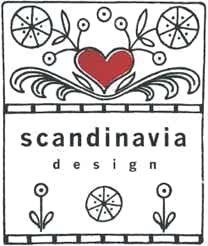15% off with DESIGN15

Basket – a collection of rattan furniture – is a priori one of the most surprising collections of Joe Colombo, known for his futuristic style, his love of technology and his affinity for synthetic materials.
However, on closer inspection, we clearly find his style there, with these lines that are both geometric and organic and this very innovative approach to the material.
As Ignazia Favata, his former assistant turned Joe Colombo Studio Director, explains: “The Basket collection gives new shape to traditional materials, exploiting an innovative structure that has never been used before for such large and light products. It's really exciting to see him back in production and to see Colombo's work reach new audiences through the collaboration with Gubi. »
First produced at the end of the 1960s, the Basket collection emerges in keeping with the original designs of 1967, slightly optimized to adapt them to today's ergonomic requirements. The interior fiberglass structure has been replaced with a stronger and more environmentally friendly steel structure. It is covered with hand-woven rattan, with interwoven bands and oval pegs, a technique that requires great skill. This frame is equipped with rounded and removable cushions.




Materials steel inner frame, outer material in hand-woven rattan
Lounge Chair 91 x 89 x H68 cm Basket 2-seater 169 x 89 x H68 cm Basket 3-seater 233 x 89 x H68 cm
Seat height 43 cm Seat depth 58 cm












































